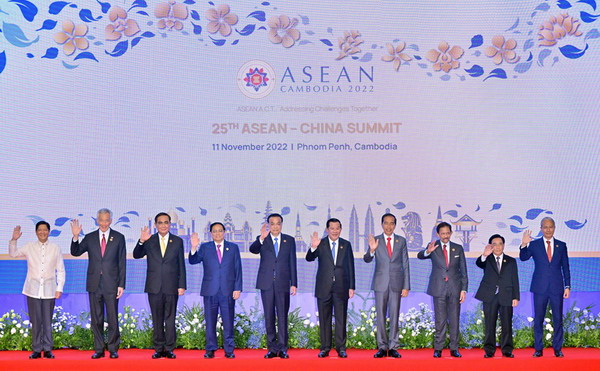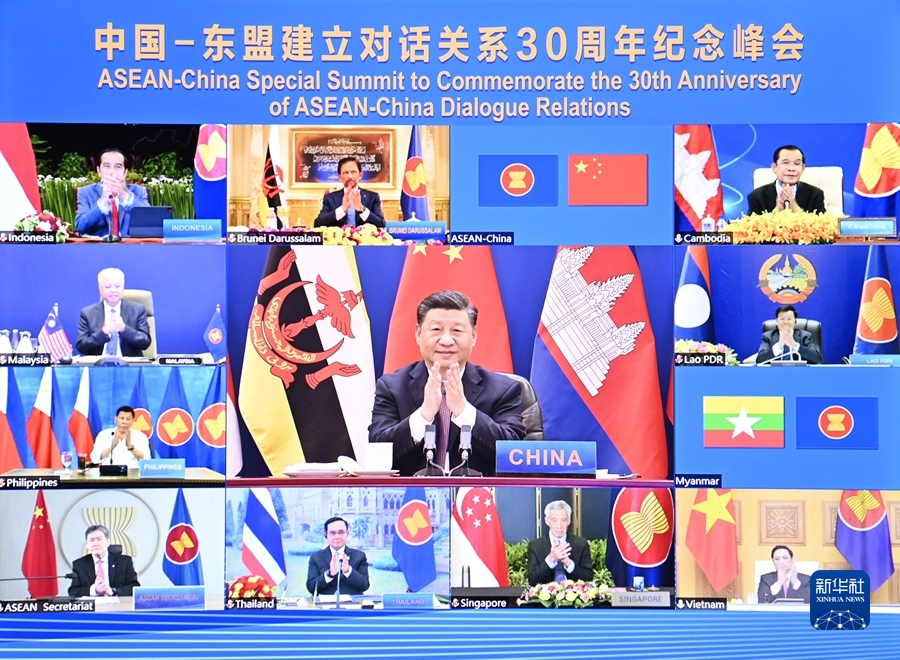In 2003, China officially joined the Treaty of Amity and Cooperation in Southeast Asia (TAC) as the first influential extraterritorial power, setting the precedent for other non-Asean nations to follow and join the treaty.
Today, the TAC has become the foundation and guidance for countries to participate in East Asia cooperation, as well as become an indispensable part of the regionally recognised norms and rules. It is also the cornerstone of safeguarding regional security and prosperity.
This year marks the 20th anniversary of China’s accession to the TAC. We will commemorate this historic event together with the Association of Southeast Asian Nations (Asean), revisiting the purposes, principles and spirit of the TAC, in an effort to stimulate inspiration for addressing current risks and challenges.
In the midst of profound changes unseen in a century, what should all parties uphold and oppose in order to safeguard the security and prosperity of the region?
We should bear in mind the purposes and principles enshrined in the TAC, including: mutual respect for the independence, sovereignty, equality, territorial integrity and national identity of all nations; respect for the right of every state to lead its national existence free from external interference, subversion or coercion; non-interference in the internal affairs of one another; settlement of differences or disputes by peaceful means; and renunciation of the threat or use of force.
Only by keeping these principles in mind can we master the right direction amid the evolving regional situation.
We should emphasise that cooperation is the core keyword in the TAC. With nearly half of its articles explaining the principles, objectives and contents of cooperation among all parties, the TAC is committed to enhancing regional vitality and achieving regional security and prosperity through the closest cooperation in the widest range of areas.
It is through increasingly close regional cooperation that East Asia has grown into an important engine of global economic growth. Regional economic integration should remain our common goal today.
We should be clear that upholding the TAC signifies the maintenance of an Asean-centred, open and inclusive regional cooperation structure. The centrality of Asean in regional cooperation is historically formed, in line with the practical needs of regional development and the development trend towards multi-polarisation in the world.
All parties should support Asean’s community-building, and support Asean to play a greater role in regional and international affairs, instead of regarding Asean as the wrestling ground or a bargaining chip for major-power rivalry.
Each high contracting party to the TAC should be a practitioner and defender of its spirit. Any attempts to bring bloc confrontation, geopolitical conflicts, sanctions and blockade into the region, forcing countries to take sides; or interfere in the internal affairs of regional countries in an attempt to reshape the regional strategic environment according to their own political interests; or build “small yards with high fences”, advocating decoupling and supply chains disruption, and damaging the stability and security of the regional industrial and supply chains, are all the most serious deviations from the spirit of the TAC.
Since the establishment of dialogue relations, China and Asean have always taken care of each other’s major concerns, respected our respective development paths, promoted understanding and trust through sincere communication, and dealt with differences and issues properly by seeking common ground while reserving differences, making cooperation between the two sides a model of practising the spirit of the TAC.
Today, when the world is faced with the choice of opening or closing, cooperation or confrontation, unity or division, progress or regression, it is of great interest to see what decision China and Asean will make. By jointly commemorating the 20th anniversary of China’s accession to the TAC, we have already given the answer.











